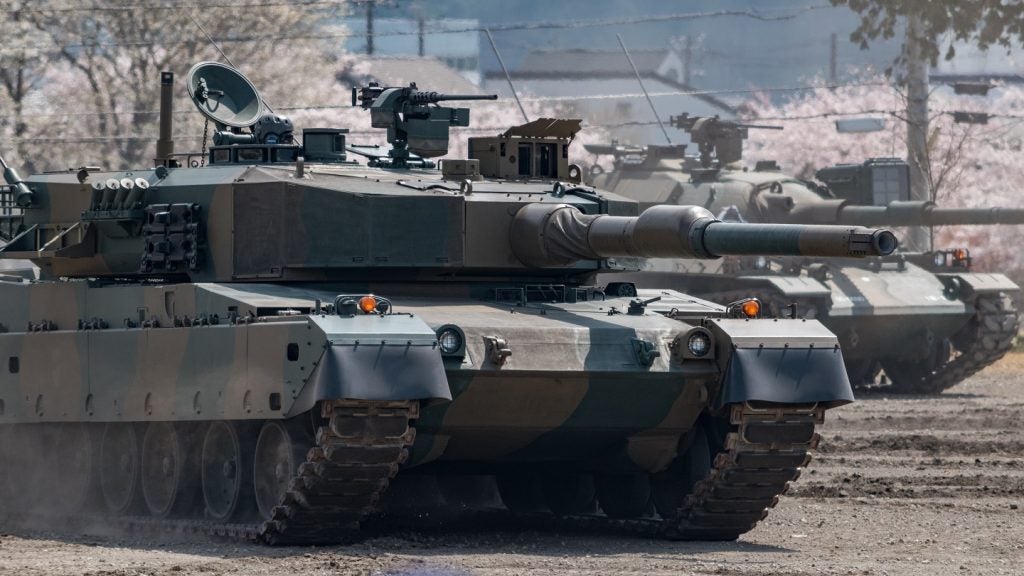General Atomics has filed a patent for a system that uses a robotic arm, imaging system, and computing device to manufacture thermoplastic objects. The system dispenses thermoplastic material based on a computer model and scans it to determine if adjustments are needed. If adjustments are required, the robotic arm or support apparatus is adjusted to ensure the material matches the computer model within specified tolerances. GlobalData’s report on General Atomics gives a 360-degree view of the company including its patenting strategy. Buy the report here.
According to GlobalData’s company profile on General Atomics, welding robots was a key innovation area identified from patents. General Atomics's grant share as of September 2023 was 59%. Grant share is based on the ratio of number of grants to total number of patents.
A system for manufacturing thermoplastic objects using robotic arm
A recently filed patent (Publication Number: US20230311422A1) describes a method for manufacturing thermoplastic objects using a three-dimensional computer model. The method involves dispensing thermoplastic material from a dispensing device based on the computer model profile. The dispensed material is supported by a support apparatus with at least one support point. During the dispensing process, the thermoplastic material is optically scanned to determine if any adjustments are needed to match the computer model profile within engineering tolerances. If adjustments are required, the location of the dispensed material or the coordinate location of the support point is adjusted to deform the material and match the computer model profile within a predetermined tolerance.
The computer model profile is generated by a layup module running on a computing device that controls the dispensing device. The dispensing device is a robotic arm that dispenses the thermoplastic material from its free end. After each scan, a three-dimensional scan model of the dispensed material is created, including a dispensed material profile. This profile is then compared to the computer model profile by identifying designated profile locations on both profiles and comparing them. The comparison is done using delta points, which indicate the coordinate distance between the designated profile location and the corresponding dispensed material profile location.
The support apparatus consists of a support robotic arm with a free end that moves in three-dimensional space. The support robotic arm is coordinated with the dispensing device to maintain the support point's location relative to the dispensed material, ensuring the thermoplastic object is produced with the desired three-dimensional profile. The support robotic arm's free end includes a support surface that can act as a mold for the thermoplastic object.
Additional support points can be provided by a picture frame structure with an open geometric shape. These support points can be located either on the dispensed material profile or outside of it. Heat can be applied to the dispensed thermoplastic material during the dispensing process to relieve internal stresses.
The method also involves optically scanning the thermoplastic material during dispensing, which can be done through photographs or video. The thermoplastic material used in this method can be polyetheretherketone, polyetherketoneketone, or polyethersulfone.
Overall, this patent describes a method for manufacturing thermoplastic objects using a computer model and optical scanning to ensure accuracy and adjust the dispensed material as needed. The method also includes a support apparatus and the option to apply heat for stress relief.
To know more about GlobalData’s detailed insights on General Atomics, buy the report here.
Data Insights
From

The gold standard of business intelligence.
Blending expert knowledge with cutting-edge technology, GlobalData’s unrivalled proprietary data will enable you to decode what’s happening in your market. You can make better informed decisions and gain a future-proof advantage over your competitors.







